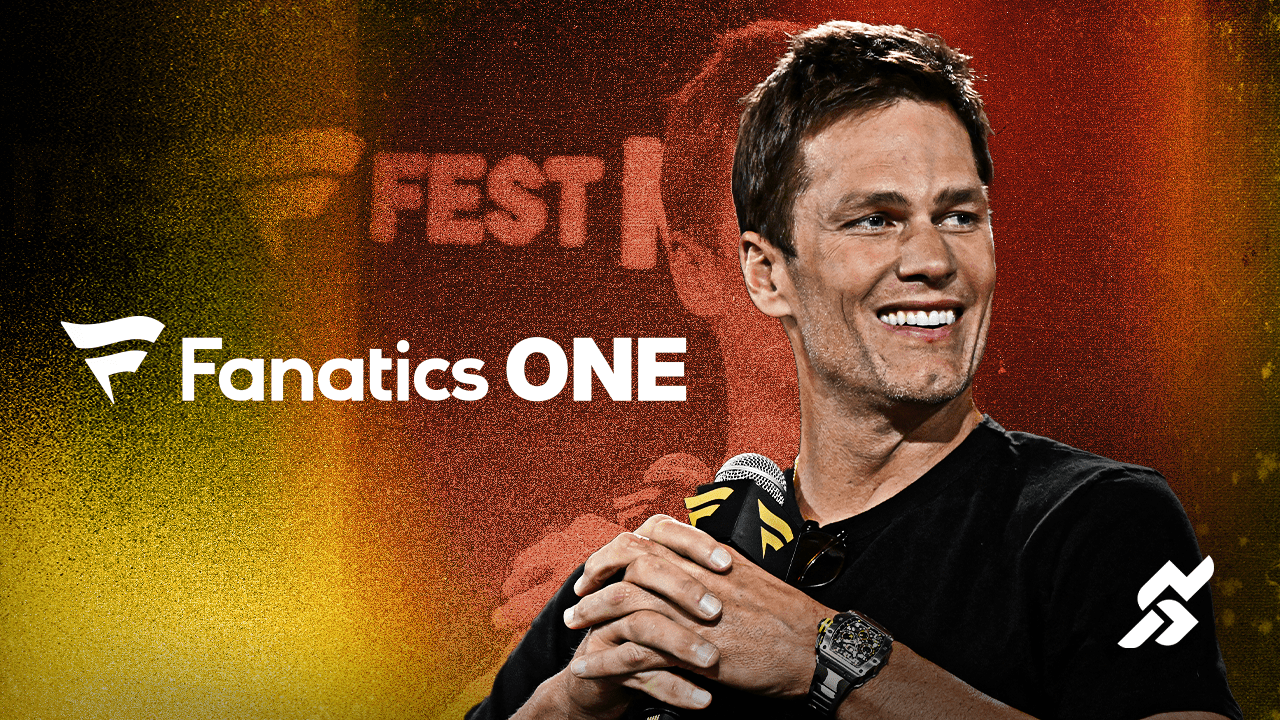
As Fanatics expanded beyond its licensed merchandise roots, company executives noticed an encouraging trend: customers that utilize multiple Fanatics verticals typically spend three-to-four times more with the company than those that buy just apparel or collectibles, or those that solely gamble.
With that stat in mind, Michael Rubin’s company is unveiling a new loyalty program aimed at converting more of the 100 million-plus people that have purchased from the company into multi-vertical spenders. The new program, Fanatics One, will reward users for activity across the company’s array of products, leaning on its own events, limited edition drops and network of prominent athletes to propagate a multi-tier offering. Promoted benefits range from exclusive access to limited-run products in the basic tier to discounted hotel stays and invites to the Fanatics Super Bowl party in the top, invite-only tier.
Fanatics One builds on the company’s FanCash program and will replace existing systems, such as Topps’ customer loyalty program, according to chief strategy and growth officer Tucker Kain. Kain also provided the stat about cross-platform spending.
“Sports historically has always been a relatively siloed industry, where you’re either deep with a league or a team, or deep into a specific commercial experience,” Kain said in an interview. “If you look at loyalty programs more broadly, there are a bunch of great ones out there, but nothing that really speaks to sports, holistically.”
There are plenty of sports loyalty programs in slightly smaller silos. Sports leagues and teams are increasingly leaning into these programs as a way of both rewarding their most avid fans and developing new ones. NBA VP, membership Hope Tannenbaum joined the league after running similar programs for Foot Locker and American Express, for example. Sportsbooks also have vibrant rewards programs of their own, often tapping into the wider entertainment and hospitality options of their parent companies, such as Caesars or MGM.
Fanatics One will have about 10 million members at launch, with account holders automatically enrolled. Looking forward, Kain said the company could leverage subscription models (a la Amazon Prime or premium credit cards). The program already offers users the ability to match a VIP status they might have already developed with another sportsbook.
Fanatics had $8.1 billion in sales in 2024, with $6.2 billion coming from its merchandise business, followed by trading cards and collectibles ($1.6 billion) and the gaming vertical ($300 million). In addition to its three main business units, there’s a fourth, internally referred to as “platform services” that houses the company’s app, its back-end tech and its events. Fanatics One will be housed within that unit as well.
Kain said the new venture could also make it easier for Fanatics to layer on new verticals if the company were to ever expand in new ways. Media and ticketing are two potential possibilities that are often discussed outside the company.
In the meantime, Kain expects Fanatics One to integrate with teams, leagues and other entities eager to tap into Fanatics’ offering. For instance, the company gave T-Mobile $1 million of FanCash as part of an MLB All-Star giveaway.
“We think sports fans deserve a rewards program that really recognizes all that they do,” Kain said. “Today that does not exist. And we think Fanatics is positioned as well as anybody to go build that.”
